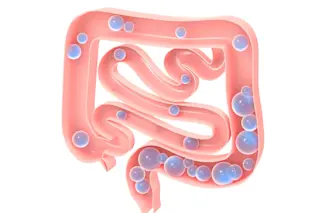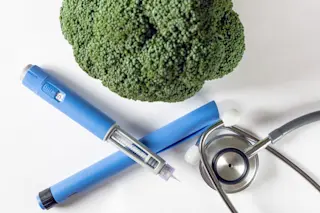America clearly needs dietary guidance.
More than 44 million people are clinically obese compared with 30 million a decade ago, putting them at increased risk for heart disease, stroke, type 2 diabetes, and breast, prostate, and colon cancers. In the meantime, the noun diet seems to attract a different adjective every week, including Atkins, Ornish, Cooper, grapefruit, rice, protein, Scarsdale, South Beach, Beverly Hills, Best Chance, Eat Smart, and Miracle, not to mention Help, I’m Southern and I Can’t Stop Eating. While some of these plans overlap, others seem to specifically contradict each other, notably the meat-intensive regime of the late Robert Atkins versus the near-vegetarian program of Dean Ornish.
No wonder Americans are tempted to follow Mark Twain’s admonition to “eat what you like and let the food fight it out inside.” But still, we wonder: Is there really an optimum way to eat?
Although debate rages, academic nutrition ...














